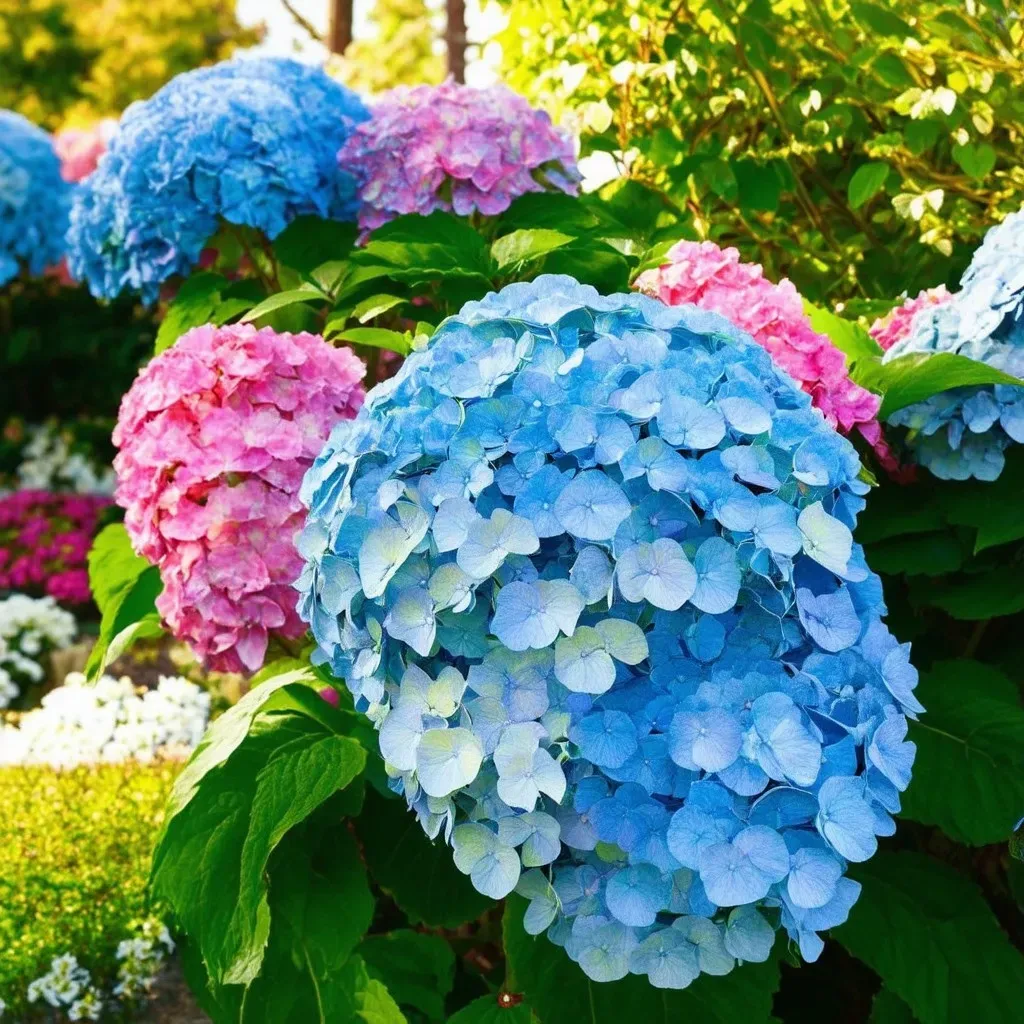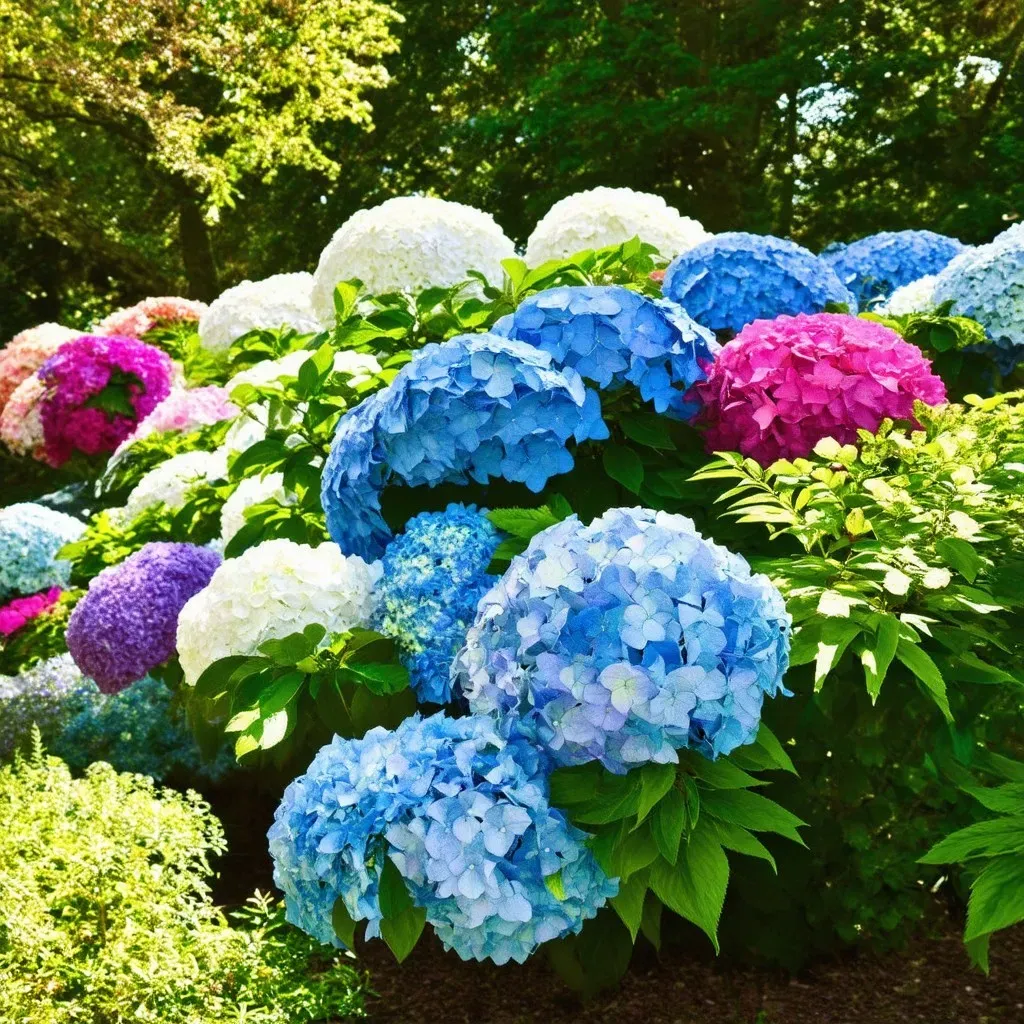Hydrangeas are beautiful perennial shrubs that can come back every year, providing vibrant blooms and lush foliage.
When it comes to gardening, hydrangeas are a favorite among plant enthusiasts for their stunning blossoms. The burning question many have is: do hydrangeas come back every year? The good news is that, yes, hydrangeas are perennial plants, which means they do indeed return each growing season, provided they receive appropriate care.
Understanding hydrangea Varieties
Not all hydrangeas are created equal. There are several varieties, and their ability to thrive year after year can depend on factors like climate, soil type, and how you care for them. The most popular hydrangea species that tend to come back every year include:
- hydrangea macrophylla (Bigleaf Hydrangea): Known for their large blooms that can be pink or blue depending on soil pH, they are very popular in many gardens.
- Hydrangea paniculata (Panicle Hydrangea): These hydrangeas are more tolerant of colder climates and can endure harsh winters.
- Hydrangea arborescens (Smooth Hydrangea): They are notably resilient and known for their creamy white blooms.
Hydrangea Growth Cycle
Hydrangeas generally follow a defined growth cycle throughout the year, comprised of four key phases:
| Phase | Description |
|---|---|
| Dormancy (Winter) | Hydrangeas rest through the harsh winter months. Proper mulch can protect their roots. |
| Budding (Spring) | New growth begins as temperatures warm; this is the perfect time for pruning. |
| Blooming (Summer) | Depending on the variety, blooms can appear as early as June and last until frost. |
| Fading (Fall) | Flowers may fade, but seeds can continue to contribute to the visual interest of your garden. |
Factors That Influence Hydrangea Growth
- Climate: Hydrangeas generally prefer zones 3-9, with some varieties being more frost tolerant.
- Soil Conditions: They thrive best in well-drained, moist soil rich in organic matter.
- Sunlight: Most hydrangeas prefer morning sun and afternoon shade, which helps avoid wilting and drought stress.
- Pruning Techniques: Knowing when and how to prune affects blooming. Some hydrangeas flower on old growth while Others bloom on new growth.

Tips for Ensuring a Successful Comeback Each Year
In order to ensure that hydrangeas come back year after year, consider the following tips:
- Site Selection: Choose a location with adequate sunlight but protection from harsh direct evening sun.
- Soil Preparation: Amend your soil with compost before planting. A pH of 5.5-6.5 is ideal for blue blooms; for pink blooms, aim for above 6.5.
- Water Regularly: Ensure that your hydrangeas are watered regularly, especially in dry spells. They prefer consistently moist soil but not soggy.
- Pruning: Too much pruning can negatively impact blooming the following year. For bigleaf and smooth hydrangeas, prune them after their blooms fade in the fall. For panicle varieties, you may prune them in late winter or early spring.
Hydrangea FAQs
Do hydrangeas grow back every year?
Yes, provided they are well cared for, hydrangeas will regrow each year, coming back with their beautiful blooms.
Why did my hydrangeas stop blooming?
Several factors could contribute to this issue, including improper pruning, inadequate water supply, nutrient deficits, or harsh weather.
How do I know if my hydrangeas are healthy?
Healthy hydrangeas have vibrant leaves, sturdy stems, and display lush blooms. Look out for pests or diseases that could be impacting their health.
Useful Reference: The Spruce: How to Grow and Care for Hydrangeas
Common Myths About Hydrangeas
-
Hydrangeas Can’t Survive Winters: While some hydrangea varieties are more susceptible to frost, with sufficient winter protection, many can survive and rejuvenate during warmer months.
-
Once Blooms Fade, the Plant Dies: While hydrangeas may appear barren after blooms fade, they go dormant, only to return lushly in spring.
-
Hydrangeas Require Constant Fertilization: It’s essential to fertilize but speaking to a garden expert may help identify the right nutrients and quantities beyond generic advice.

Hydrangea Care Tips by Season
| Season | Care Tips |
|---|---|
| Spring | Assess and prune the bushes. Fertilize to kickstart growth. |
| Summer | Water regularly and monitor for pests. Remove dead blooms to encourage new growth. |
| Fall | Begin reducing water. Mulch sufficiently to protect roots over winter. |
| Winter | Avoid disturbing dormant bushes. Use burlap or other protective measures against wind. |
Conclusion
Do hydrangeas come back every year? Indeed, they do! With correct care and attention, these stunning plants can flourish and enhance your garden’s beauty for years. Ensure you choose the right variety, understand their growth requirements, and enjoy the vibrant display they offer every summer.

Final Thoughts
The allure of hydrangeas lies in their colorful displays and the versatility they offer to gardens. As you embark on your Hydrangea Care journey, remember that these blooms are not just a seasonal delight; they are a perennial promise of beauty and joy.
Following the steps outlined above will ensure that your hydrangeas not only grow back every year but also thrive, adding vibrant colors to your garden landscape for decades to come.


